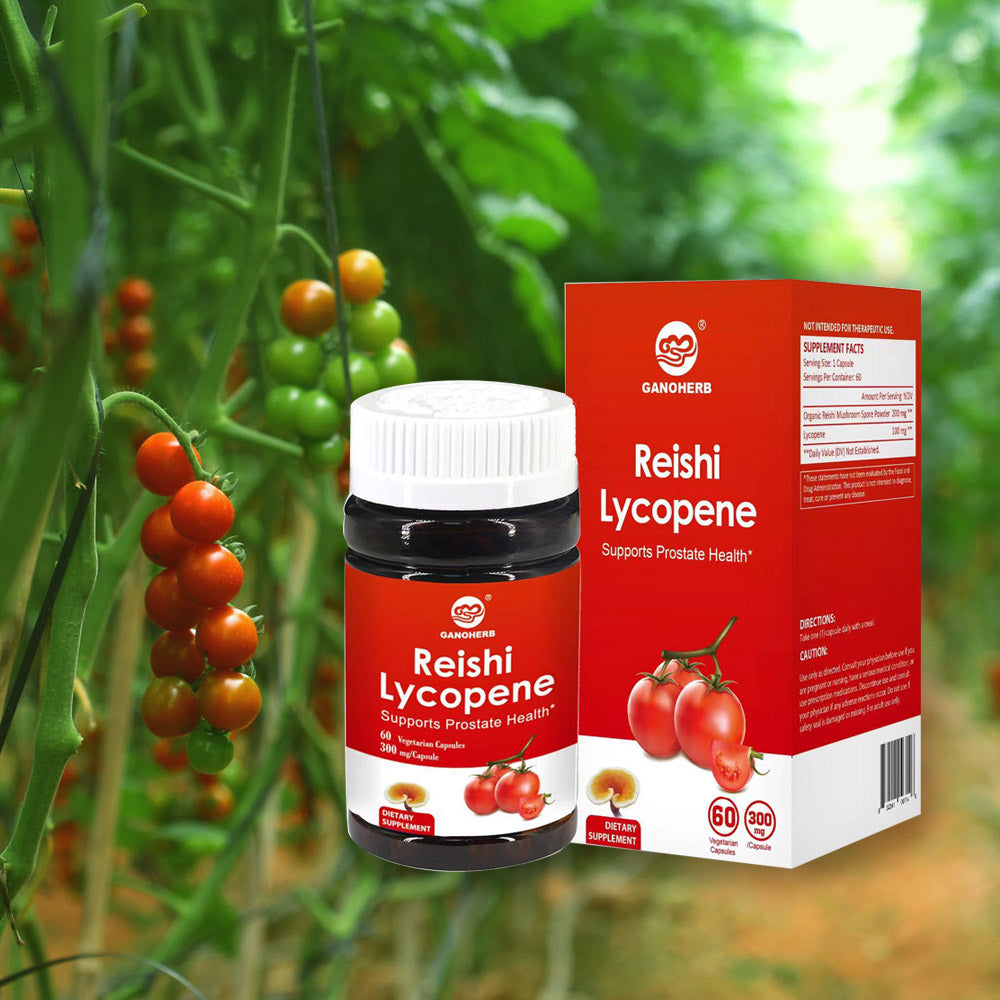Lion's Mane Hot Chocolate: Origins, Craftsmanship, and Cultural Appeal Unveiled
Lion's mane hot chocolate—a luxurious blend of rich cocoa and the earthy, seafood-like notes of lion's mane mushroom (Hericium erinaceus)—has emerged as a captivating innovation in the world of specialty beverages. This unique pairing marries the comforting warmth of hot chocolate with the umami depth of mushrooms, creating a drink that intrigues chefs, food historians, and curious consumers alike. This article explores the origins, production techniques, flavor dynamics, cultural narratives, and modern adaptations of lion's mane hot chocolate, offering a holistic perspective on its rise beyond trends.

Crafting Lion's Mane Hot Chocolate: From Forest to Cup
Creating lion's mane hot chocolate involves meticulous steps to harmonize cacao's richness with the mushroom’s delicate umami:
Cacao Bean Processing:
Premium cacao beans (often Criollo or Trinitario varieties) are fermented, roasted, and ground into a paste or powder. Single-origin beans from regions like Venezuela or Madagascar are favored for their nuanced flavor profiles.
Lion's Mane Preparation:
Cultivation: Lion's mane is typically grown on hardwood substrates or sterilized grain in controlled environments. The mushroom’s white, pom-pom-like fruiting bodies are harvested at peak maturity.
Dehydration and Extraction: Fresh lion's mane is dried and ground into a fine powder. Some producers use dual-extraction methods (water and alcohol) to capture its flavor compounds, though this is done for taste rather than bioactive retention.
Blending and Refinement:
The cacao base is combined with lion's mane powder or extract in ratios that preserve chocolate’s dominance—commonly 85:15 cacao-to-mushroom. The blend is then conched (kneaded) to achieve a silky texture.
Flavor Enhancements:
Optional additions like vanilla, cinnamon, or sea salt may be introduced to balance the mushroom’s natural brininess.
Small-batch producers emphasize ethical practices, such as partnering with regenerative mushroom farms or cacao cooperatives certified for fair labor.
Flavor Profile: A Symphony of Sweet and Savory
Lion's mane hot chocolate offers a layered sensory experience:
Aroma: The first impression is quintessential hot chocolate—roasted, with hints of caramel or red fruit. Beneath this lies a subtle oceanic aroma from lion's mane, reminiscent of lobster bisque or steamed scallops.
Taste: High-quality dark chocolate (70–80% cacao) provides bittersweet intensity, while lion's mane contributes a mild, savory undertone akin to miso or Parmesan. In milk chocolate variations, the mushroom’s umami softens the sweetness, adding complexity without overpowering.
Texture: Premium blends boast a velvety mouthfeel, with lion's mane powder occasionally introducing a faint silkiness that mimics the froth of a traditional cappuccino.
Regional variations abound: Mexican cacao paired with Japanese lion's mane might emphasize smoky and marine notes, while Peruvian cacao with North American-grown lion's mane could highlight nutty and citrus undertones.
Cultural Significance and Artistic Interpretations
Lion's mane hot chocolate resonates differently across cultures:
Japan: Framed as a wagashi (traditional sweet) companion, it’s served in tea ceremonies as a modern twist on matcha.
Scandinavia: Embraced in hygge culture, where it’s paired with cardamom buns during winter gatherings.
North America: Featured in avant-garde cafés as a culinary curiosity, often paired with deconstructed desserts.

In literature and media, lion's mane hot chocolate has appeared in speculative fiction as a symbol of futuristic gastronomy, bridging alien ecosystems and human cuisine. Artists have also used its frothy appearance as inspiration for abstract paintings and textile patterns.
Modern Innovations and Industrial Applications
Beyond cafés, lion's mane hot chocolate is inspiring creativity in unexpected sectors:
Food Technology:
3D-Printed Mixes: Customizable flavor layers allow consumers to print tablets with varying cacao-mushroom ratios.
Nano-Encapsulation: Lion's mane compounds are encapsulated to preserve flavor during long-term storage.
Sustainable Packaging:
Brands like MycoCacao use mushroom-derived biodegradable wrappers, creating a closed-loop lifecycle.
Collaborative Art Projects:
Chefs and sculptors partner to create edible installations where lion's mane hot chocolate is served in hand-carved mushroom-shaped cups.
Space Exploration:
ESA (European Space Agency) trials lion's mane hot chocolate as a morale-boosting beverage for astronauts, valuing its compact form and comfort-food appeal.
Economic Impact and Market Trends
The lion's mane hot chocolate market reflects shifting consumer preferences:
Premiumization: Luxury brands market single-origin kits with tasting notes akin to fine wine.
Direct-to-Consumer Models: Subscription services deliver seasonal blends, such as autumn editions with pumpkin spice-infused lion's mane.
Global Trade: Export hubs in Ecuador and Thailand capitalize on both cacao and mushroom production, streamlining supply chains.
Industry analysts project a 6.8% CAGR growth through 2030, driven by demand for experiential beverages and sustainable indulgences.
The Ritual of Serving Lion's Mane Hot Chocolate
The presentation of lion's mane hot chocolate is an art form:
Traditional Methods: Whisked in a chawan (Japanese tea bowl) for frothy texture.
Modern Techniques: Served with smoked maple foam or garnished with gold leaf.
Interactive Experiences: DIY kits let consumers mix cacao and lion's mane powders to their taste, accompanied by guided tasting journals.
Lion's mane hot chocolate transcends the ordinary, inviting enthusiasts to explore the intersection of tradition, science, and artistry. From its symbolic roots in ancient cultures to its modern incarnations in Michelin-starred kitchens and space stations, this beverage embodies humanity’s endless curiosity and creativity. As chefs, farmers, and innovators continue to reimagine its potential, lion's mane hot chocolate stands as a testament to the magic of culinary alchemy—one sip at a time.











